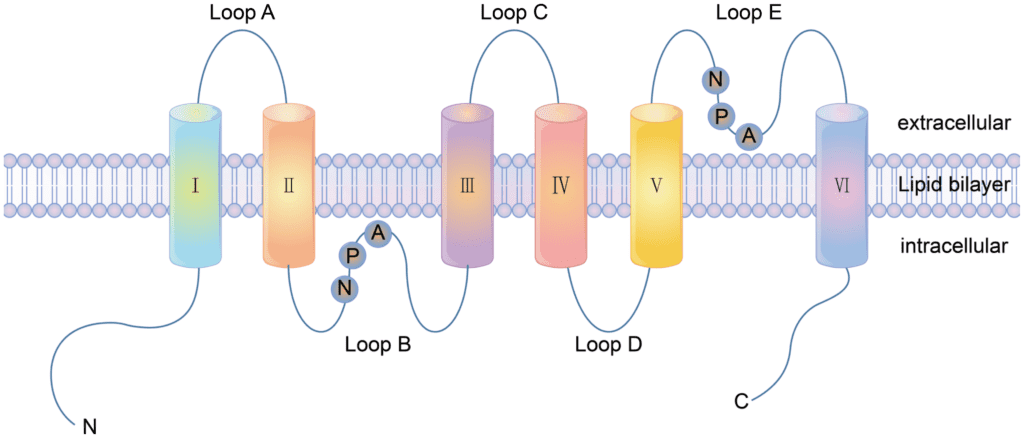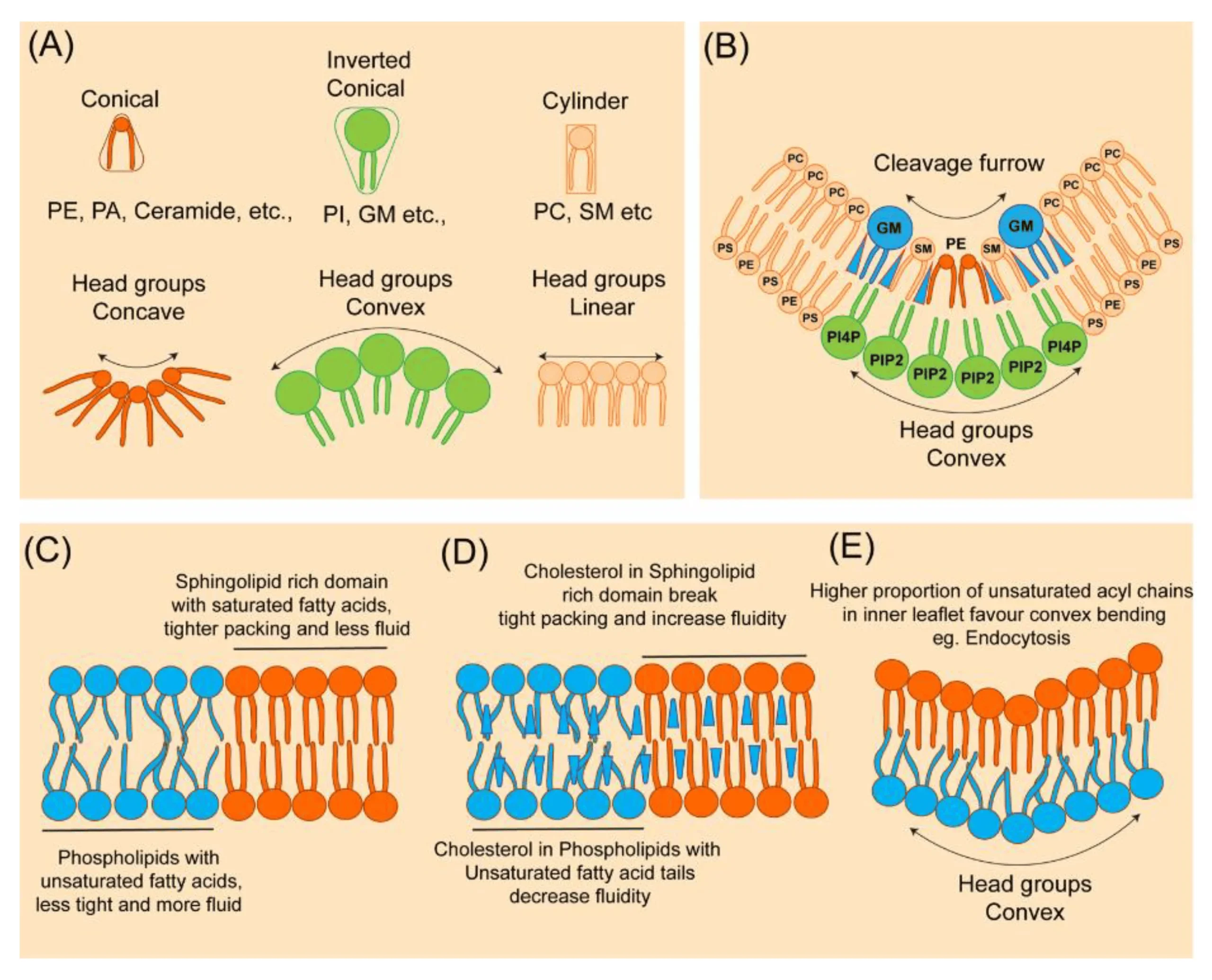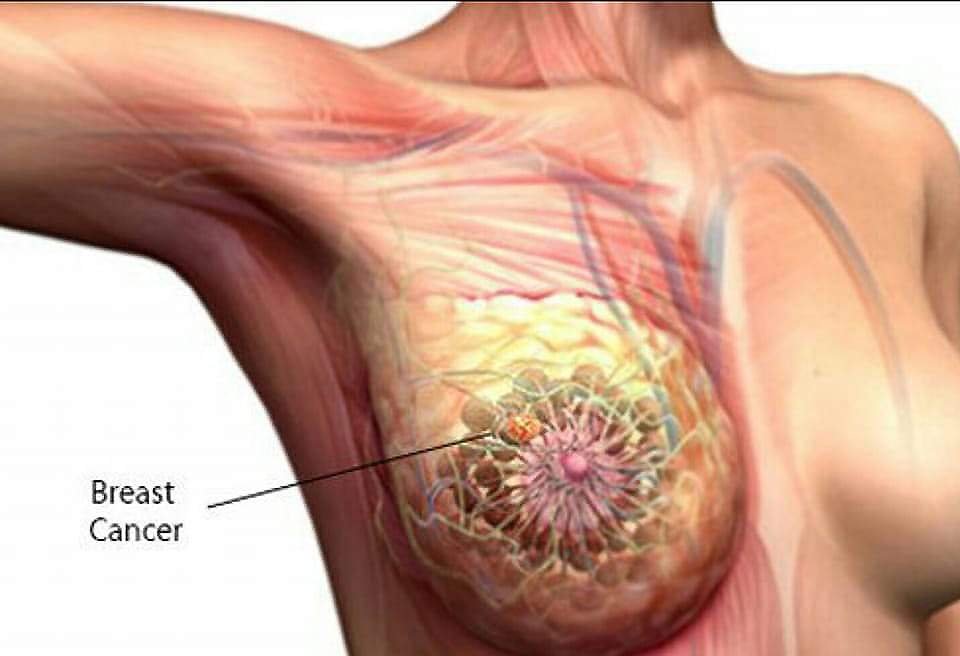How Cells Manage the Distribution of Lipids in Their Cell Membrane: Cell membranes are essential components of life, forming a protective barrier around the cell and regulating the movement of substances in and out of it. One of the key components of cell membranes is lipid, which plays an important role in maintaining its structure and function. This article explores how cells manage the distribution of lipids in their cell membranes, an essential process for cellular health and communication.
Understanding the role of lipids in cell membranes:
Lipids, primarily phospholipids, cholesterol and glycolipids, are the building blocks of cell membranes. These molecules are arranged in a bilayer, with the hydrophilic (water-attracting) heads facing the water-rich environment inside and outside the cell, and the water-side facing away from the water-rich environment.
The lipid bilayer acts as a semi-permeable barrier, allowing certain molecules to pass through while keeping others out. Lipids are also involved in various cellular functions, such as signaling, maintaining membrane fluidity and structural integrity of the cell.
Why is lipid distribution important?
The distribution of lipids in cell membranes is not random. Cells must regulate the type and amount of lipids in specific regions of the membrane to support different functions. For example, certain lipids are concentrated in membrane regions involved in cell signaling, while others are found in regions that support structural integrity.
If lipid distribution is disrupted, it can cause a variety of cell dysfunctions. Abnormal lipid distribution has been linked to diseases such as Alzheimer’s, cardiovascular disease and metabolic disorders. Therefore, understanding how cells manage the distribution of lipids is crucial to maintaining cellular health.
Mechanisms of lipid distribution across cell membranes:

Cells employ several mechanisms to ensure proper distribution of lipids across their membranes:
- Lateral expansion
Lateral diffusion refers to the movement of lipids within the same layer of a bilayer membrane. This process occurs rapidly and allows lipids to diffuse across the membrane surface. The fluid mosaic model describes the cell membrane as a dynamic structure in which proteins and lipids can move laterally. This fluidity allows the cell to maintain flexibility and ensures that lipids are evenly distributed across the membrane.
Lateral diffusion facilitates the formation of lipid rafts, specialized membrane regions rich in cholesterol, and specific types of lipids. Lipid rafts are thought to play a key role in cellular signaling, as they provide platforms for receptor molecules and proteins involved in signal transduction.
- Transbilayer (flip-flop) movement
While lateral diffusion occurs within the same layer of a lipid bilayer, transbilayer movement involves the transfer of lipids from one layer to another. This process is very slow and requires the help of special enzymes known as flippases, floppases and scramblases.
Flippases transport lipids from the outer layer (extracellular side) to the inner layer (cytoplasmic side) of the bilayer.
Floppases work in the opposite direction, moving lipids from the inner layer to the outer layer.
Scrambles can move lipids in both directions, helping to shuffle the lipid distribution under certain conditions.
This transbilayer movement is important for maintaining the asymmetry of lipid distribution, which is essential for cell signaling, membrane fusion, and other essential processes.
- Vesicular transport
Vesicular transport is another mechanism that cells use to manage lipid distribution. In this process, membrane-bound vesicles transport lipids and other molecules from one cellular compartment to another. Endocytosis and exocytosis are two key processes involved in vesicular transport.
Role of cholesterol in lipid distribution:
Cholesterol is an important component of cell membranes and plays an important role in regulating fat distribution. Cholesterol molecules within phospholipids affect membrane permeability and permeability. High levels of cholesterol lead to regular membrane formation, while low levels increase membrane permeability.
Management of lipid distribution across cell membranes is a complex and important process. Through processes such as lateral diffusion, transbilayer movement, vesicular transport, and cholesterol regulation, cells ensure that lipids are appropriately distributed to maintain membrane structure, function, and cell health. Disturbances in these processes can lead to various diseases, highlighting the importance of lipid homeostasis in cellular biology. Understanding how cells manage lipid distribution provides valuable insight into the mechanisms underlying many biological processes and diseases.
Read Also: The Antibody Conjugate is Effective Against Brain Metastases
![]()






One thought on “How Cells Manage the Distribution of Lipids in Their Cell Membrane”